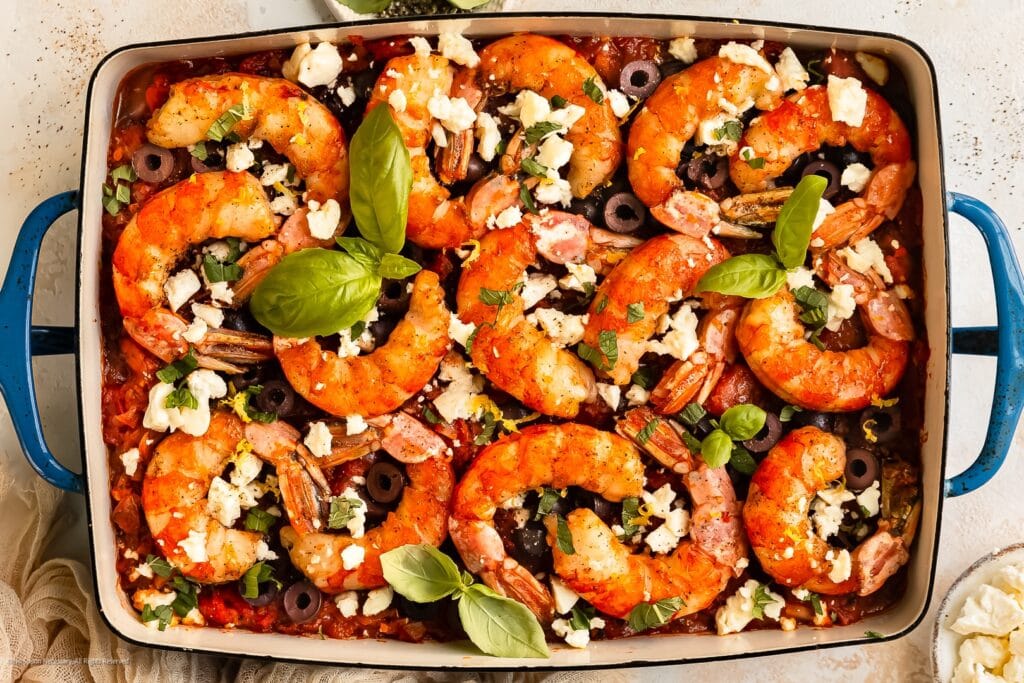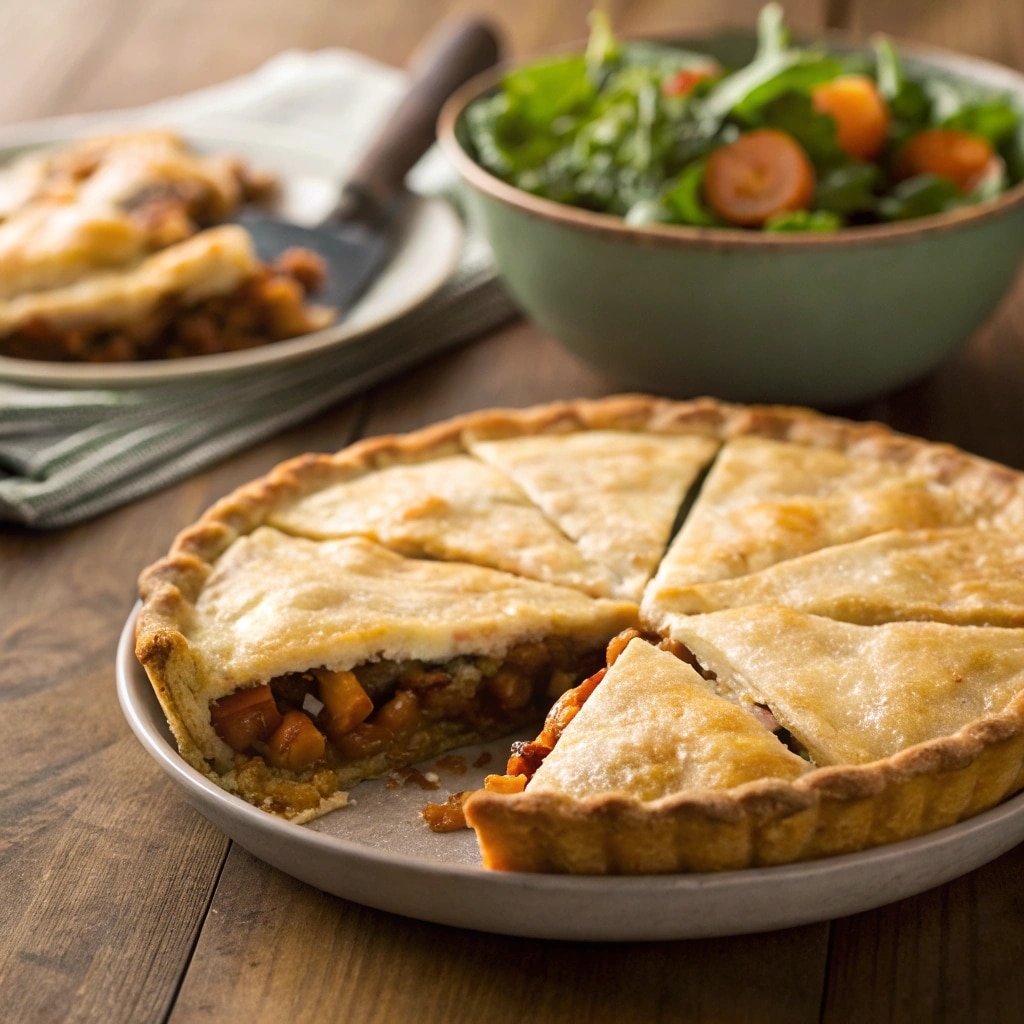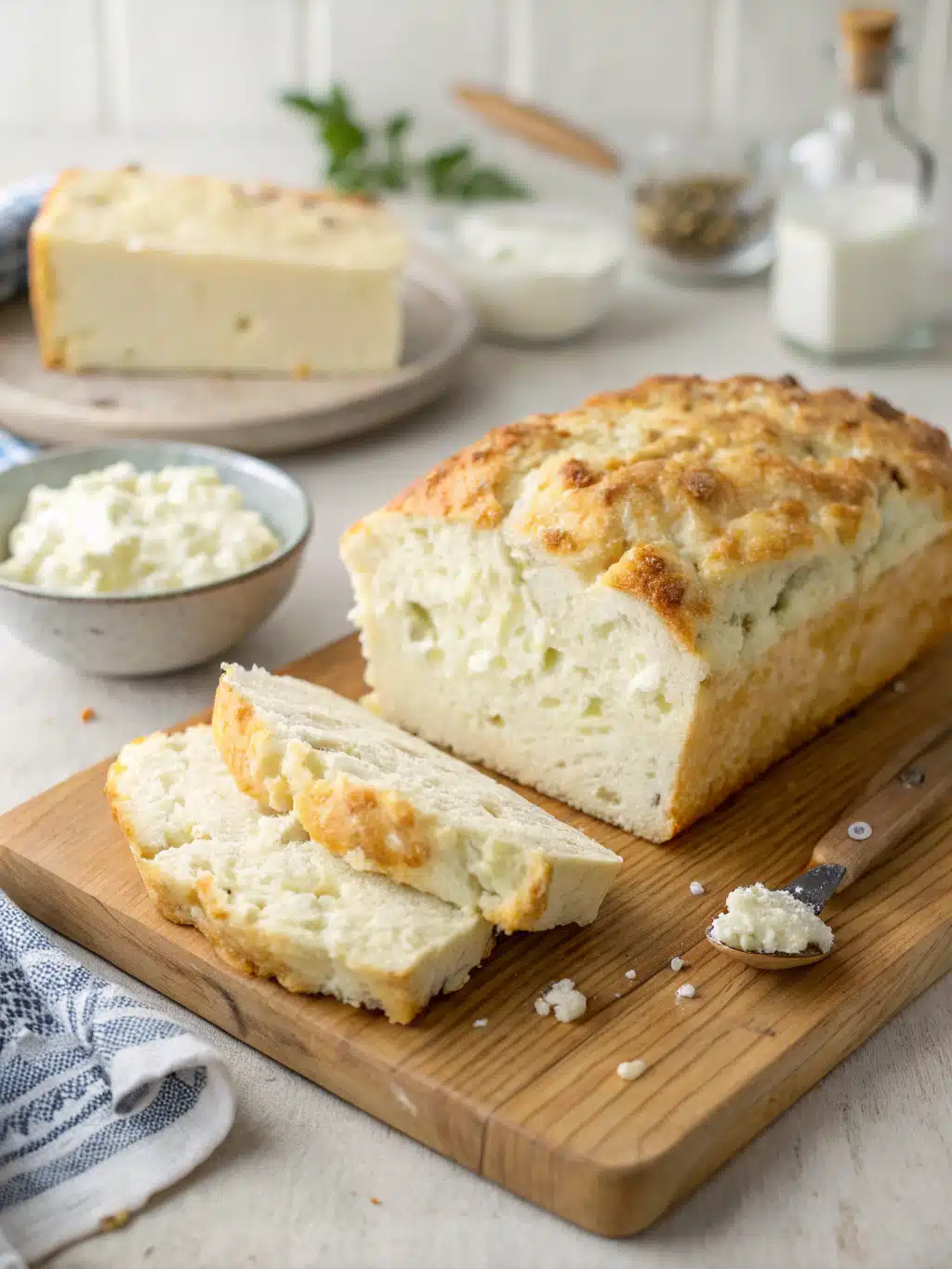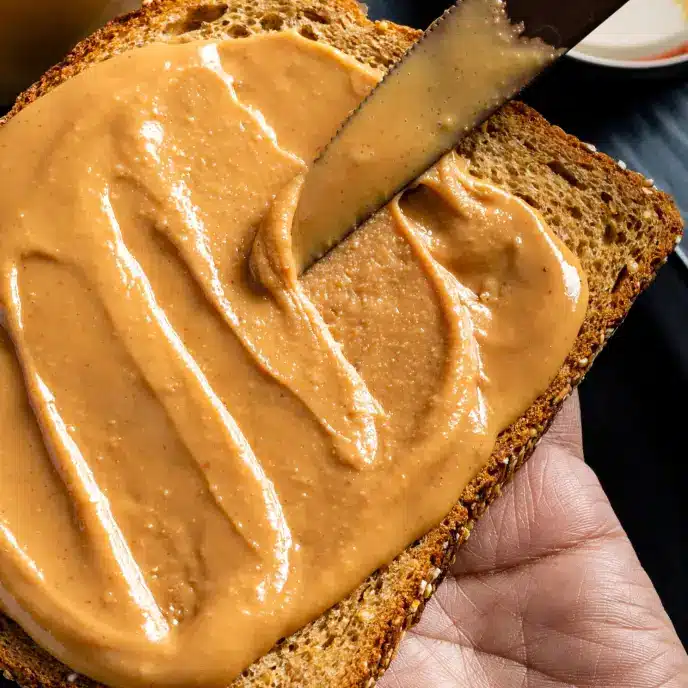Sharing is caring!
Shrimp Saganaki Recipe
Introduction
If you’re craving a taste of the Mediterranean, this shrimp saganaki recipe is a must-try. Bursting with juicy shrimp, tangy tomatoes, and creamy feta, it’s a Greek-inspired dish that’s both flavorful and easy to prepare. Perfect for weeknight dinners or entertaining guests, this dish pairs beautifully with crusty bread or a side of creamy pasta.
What makes shrimp saganaki special is its balance of simplicity and bold flavors. The shrimp cooks quickly in a rich tomato sauce, while the feta adds a salty, briny finish. Whether you’re a seafood lover or just looking for a new recipe to spice up your dinner rotation, this dish delivers. Plus, it’s naturally low-carb and packed with protein, making it a great option for health-conscious foodies.
In this guide, we’ll walk you through every step—from selecting the freshest shrimp to achieving the perfect sauce consistency. You’ll also find tips for customizing the dish to suit your taste, whether you prefer it spicy or extra cheesy. Ready to dive in? Let’s get cooking!
Table of Contents
Ingredients List
- 1 lb large shrimp, peeled and deveined
- 2 tbsp olive oil
- 1 medium onion, finely chopped
- 3 garlic cloves, minced
- 1 can (14 oz) diced tomatoes
- 1/2 cup feta cheese, crumbled
- 1/4 cup fresh parsley, chopped
- 1 tsp dried oregano
- 1/2 tsp red pepper flakes (optional)
- Salt and black pepper to taste
- 1/4 cup white wine (optional)
Timing
- Prep Time: 15 minutes
- Cook Time: 20 minutes
- Total Time: 35 minutes
- Serves: 4
Step-by-Step Instructions
Making shrimp saganaki is simpler than you think! Follow these steps for a delicious Greek-inspired dish:
Step 1: Prep the Shrimp
Peel and devein the shrimp, leaving the tails on for presentation. Pat them dry to ensure they sear properly.
Step 2: Sauté the Aromatics
Heat olive oil in a skillet over medium heat. Add minced garlic and diced onions, cooking until fragrant and translucent.
Step 3: Cook the Tomatoes
Stir in crushed tomatoes, oregano, and a pinch of red pepper flakes. Simmer for 5 minutes to let the flavors meld.
Step 4: Add the Shrimp
Nestle the shrimp into the tomato sauce. Cook for 2–3 minutes per side until they turn pink and opaque.
Step 5: Top with Cheese
Sprinkle crumbled feta over the shrimp. Broil for 2 minutes until the cheese melts and bubbles.
Step 6: Garnish & Serve
Finish with fresh parsley and a drizzle of olive oil. Pair with crusty bread or over pasta for a complete meal.
Nutritional Information
Shrimp saganaki is protein-rich and packed with Mediterranean flavors. Here’s a breakdown per serving (approx. 1 cup):
- Calories: 280
- Protein: 24g
- Carbs: 10g
- Fats: 15g (mostly from olive oil and feta)
- Fiber: 2g
For a lighter twist, try low-fat feta or reduce the oil. Shrimp offers omega-3s, while tomatoes provide lycopene—a potent antioxidant. Learn more about balancing macros in seafood dishes or explore other shrimp recipes for variety. For deeper insights, the American Heart Association recommends seafood twice weekly for heart health.
Healthier Alternatives for the Recipe
Love shrimp saganaki but want a lighter version? Try these simple swaps to keep the flavor while cutting calories. Replace feta with reduced-fat feta or goat cheese for a tangy yet lower-fat option. For a dairy-free twist, nutritional yeast adds a cheesy umami kick—perfect if you’re exploring plant-based alternatives.
Swap olive oil with avocado oil spray to reduce fat without sacrificing the Mediterranean essence. For extra veggies, stir in spinach or kale during the simmer—it pairs beautifully with our veggie-packed quiche inspiration. Prefer less sodium? Use fresh tomatoes instead of canned and rinse capers thoroughly.
For protein variety, try scallops or mussels—they cook similarly and absorb the garlic-tomato sauce wonderfully. Craving crunch? Top with whole-grain breadcrumbs instead of crusty bread. Need more ideas? Slow-cooked dishes often share adaptable techniques.
Serving Suggestions
Shrimp saganaki shines alongside simple pairings. Serve it over creamy polenta or quinoa for a gluten-free base. For a Greek feast, pair with roasted lemon potatoes and a crisp cucumber salad—drizzled with the same olive oil used in the recipe.
Crusty bread is classic, but try grilled pita or herb-infused flatbread for dipping. A chilled Assyrtiko wine cuts through the richness, or opt for sparkling water with lemon. Leftovers? Toss with pasta (like in our shrimp scampi) or fold into omelets. For dessert, light fruit-based treats balance the meal perfectly.
Common Mistakes to Avoid
Making shrimp saganaki is simple, but a few slip-ups can affect flavor and texture. Here’s what to watch for:
Overcooking the Shrimp
Shrimp cooks quickly—just 2-3 minutes per side. Overcooked shrimp turns rubbery. For perfect tenderness, remove them from heat as soon as they turn pink.
Skipping the Tomato Reduction
Simmering the tomato sauce until thickened (about 10 minutes) intensifies flavor. A watery sauce dilutes the dish. For more depth, try adding a splash of ouzo or white wine.
Using Low-Quality Feta
Authentic Greek feta (PDO-certified) crumbles beautifully and melts slightly. Pre-crumbled feta often contains anti-caking agents, affecting texture. Pair it with our vegetable quiche for a Mediterranean feast.
Neglecting the Finishing Touches
A drizzle of olive oil and fresh herbs (dill or parsley) brightens the dish. For extra flair, serve with crusty bread—ideal for soaking up the sauce. Avoid overcrowding the pan; shrimp should sear, not steam.
For wine pairings, a crisp Assyrtiko complements the dish well. Check out these flavor-balancing tips from sommeliers.
Storing Tips for the Recipe
Shrimp saganaki tastes best fresh, but proper storage keeps leftovers delicious:
Refrigeration
Store in an airtight container for up to 2 days. Reheat gently on the stovetop to prevent rubbery shrimp. Add a splash of water if the sauce thickens too much.
Freezing
Freeze without the feta for up to 1 month. Thaw overnight in the fridge, then bake with fresh feta. For meal prep, pair with freezer-friendly sides like baked pasta.
Ingredient Prep Ahead
Pre-chop onions, garlic, and tomatoes (store separately). Pre-peeled shrimp saves time—pat them dry before cooking. Learn smart kitchen hacks to streamline cooking.
Serving Leftovers
Transform leftovers into a pasta sauce or omelet filling. Avoid reheating in the microwave—it dries out the shrimp. For more ideas, explore our shrimp pasta variations.
Conclusion
Shrimp saganaki is a flavorful Greek-inspired dish that’s both easy to prepare and impressive to serve. Whether you’re hosting a dinner party or craving a restaurant-quality meal at home, this recipe delivers rich, savory flavors with minimal effort. The combination of juicy shrimp, tangy feta, and aromatic herbs makes it a standout dish.
For more cheesy baked recipes, try our cheesy baked burrito rice or explore other seafood favorites like this shrimp scampi pasta. Happy cooking!
FAQs
Can I use frozen shrimp for shrimp saganaki?
Yes! Thaw frozen shrimp completely and pat them dry before cooking to avoid excess moisture.
What can I substitute for ouzo?
White wine or a splash of vodka works well, though the anise flavor of ouzo is traditional.
How spicy is this dish?
The heat level is mild, but you can adjust the red pepper flakes to taste.
Can I make shrimp saganaki ahead of time?
It’s best served fresh, but you can prep the tomato sauce in advance and add the shrimp just before baking.
What sides pair well with shrimp saganaki?
Crusty bread, a crisp salad, or lemon-infused orzo complement the dish perfectly.









